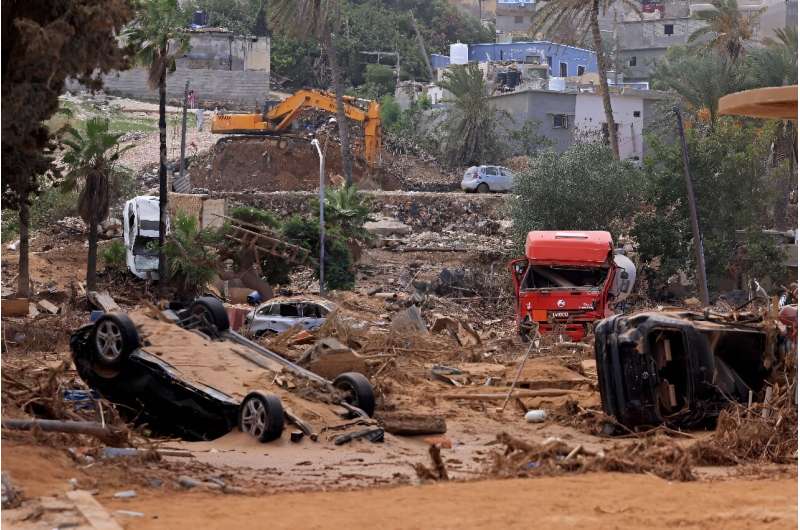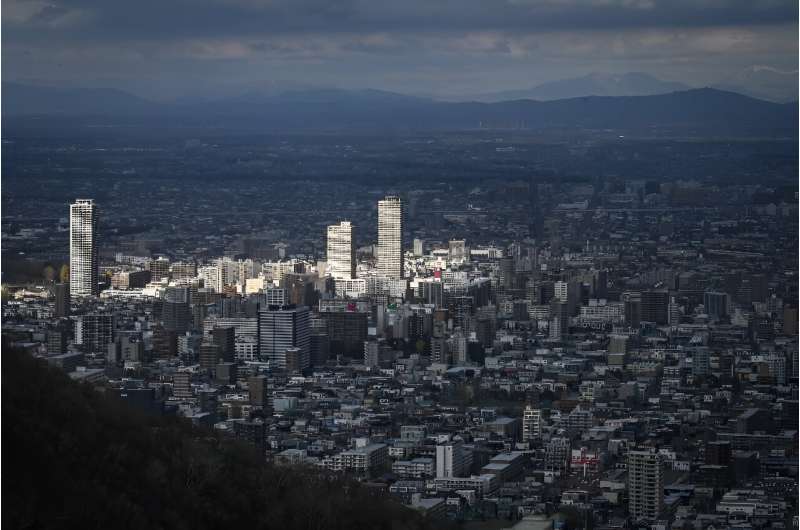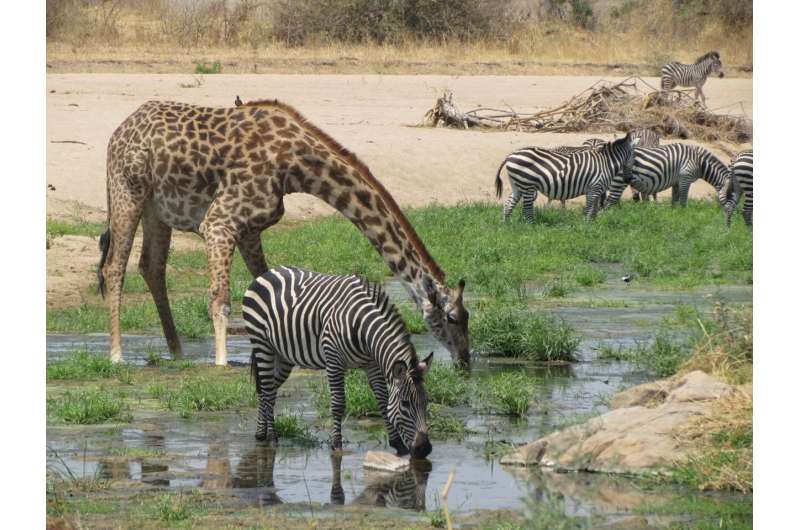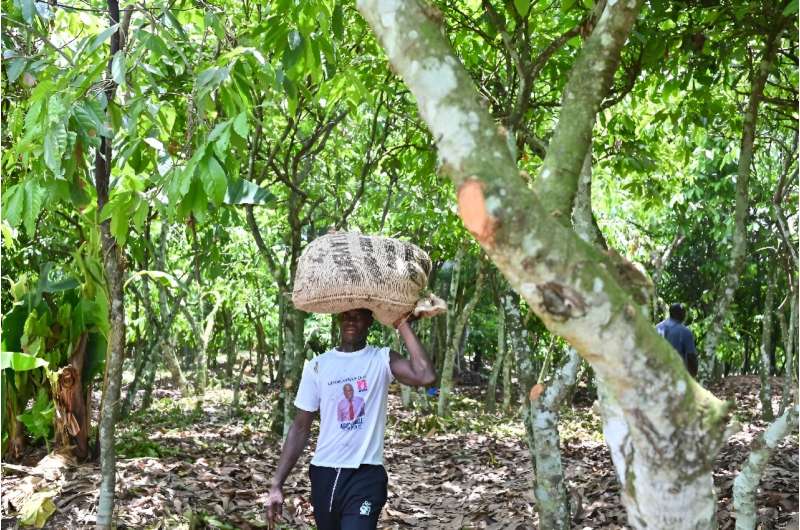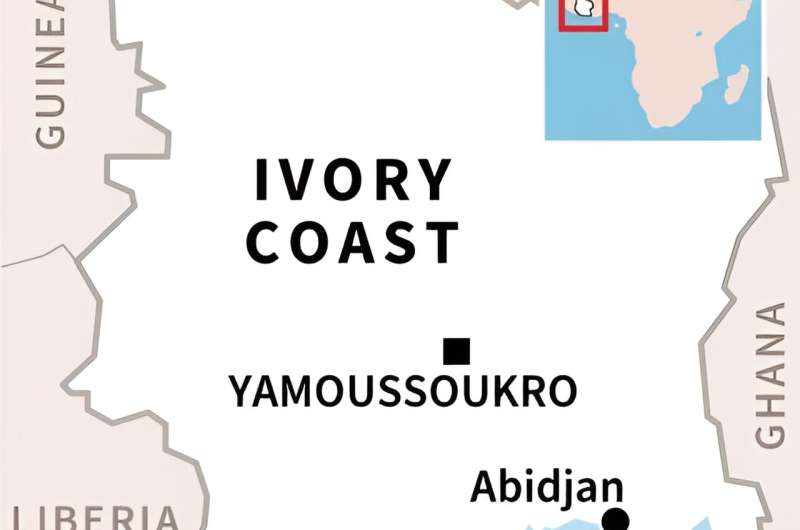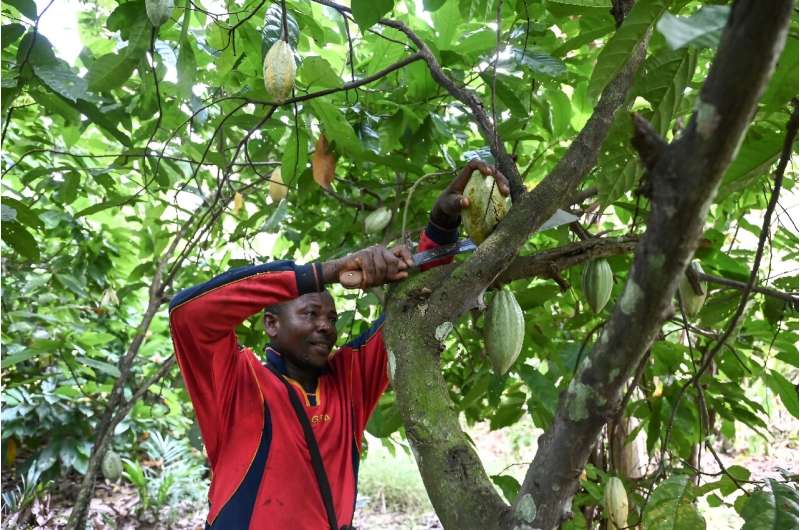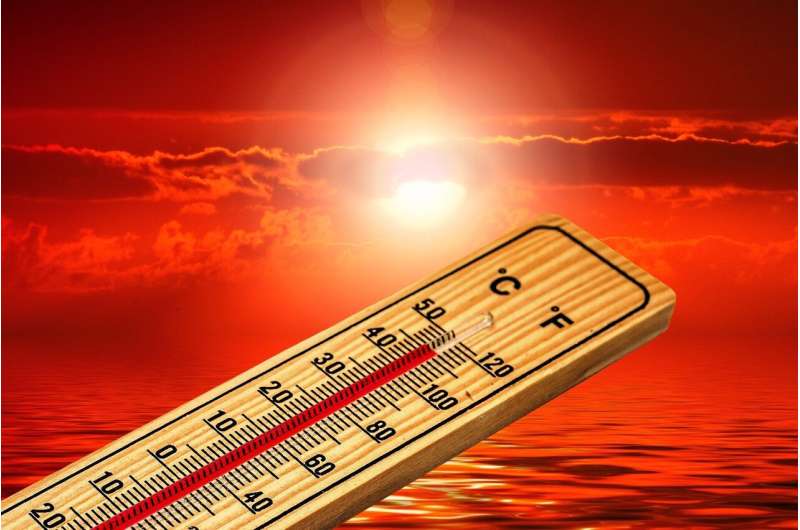Biden rule hikes fees for oil projects on public lands

Oil companies drilling on public lands must post larger bonds and pay higher royalties under a rule finalized Friday by the Biden administration.
The bonding requirements for development increased to $150,000 from $10,000, a level set in 1960 that no longer covers potential cleanup costs, the Bureau of Land Management (BLM) said in a press release.
In another shift, the Department of the Interior lifted royalty rates for leases to 16.67 percent from the previous level of 12.5 percent.
The changes were described by Interior Secretary Deb Haaland as the most significant reform to the leasing program "in decades" but were criticized by petroleum interests.
They come as President Biden emphasizes the environment in his reelection campaign against former president Donald Trump, who has mocked climate change as an issue.
Friday's action finalizes the department's preliminary step taken in July 2023 that the Biden administration described as part of a "transition to a clean energy economy."
"Our public lands are owned by all Americans, and the Bureau of Land Management remains committed to managing them in a balanced, responsible way," said BLM Director Tracy Stone-Manning.
"This rule will help protect critical wildlife habitat, cultural resources, and recreational values, and it will ensure a fair return for American taxpayers."
Petroleum industry officials are reviewing the rule "to ensure the Biden administration is upholding its responsibilities to the American taxpayers and promoting fair and consistent access to federal resources," said Holly Hopkins, vice president of upstream policy at the American Petroleum Institute.
API, which had raised objections to the proposal during a public comment period, released figures on the economic contribution of petroleum development on federal lands, citing some 170,000 jobs in five states.
"As energy demand continues to grow, oil and natural gas development on federal lands will be foundational for maintaining energy security, powering our economy and supporting state and local conservation efforts," Hopkins said.
"Overly burdensome land management regulations will put this critical energy supply at risk," Hopkins added.
The environmental group Evergreen Action characterized the change as a "long overdue" step to boost biodiversity and the climate.
"Let's be real: We need to get these oil companies off our public lands," said Evergreen Action's Mattea Mrkusic. "But for now, we're glad they won't get to stiff the public while they keep using public resources."
But Gladys Delgadillo, a climate campaigner at the Center for Biological Diversity, called on the Biden administration to go further.
"Updating oil and gas rules for federal lands without setting a timeline for phaseout is climate denial, pure and simple," said Delgadillo, who called for a complete shutdown of drilling on federal lands.
"Public lands should be places for people to enjoy nature and wildlife to roam free, not hotspots for toxic pollution," Delgadillo said.
© 2024 AFP

